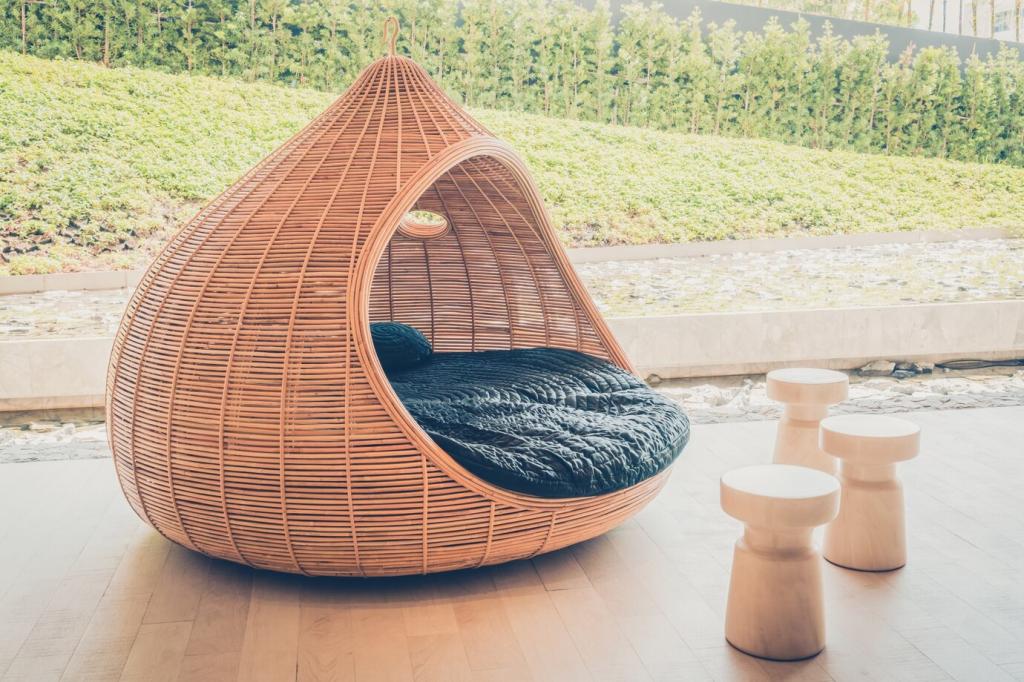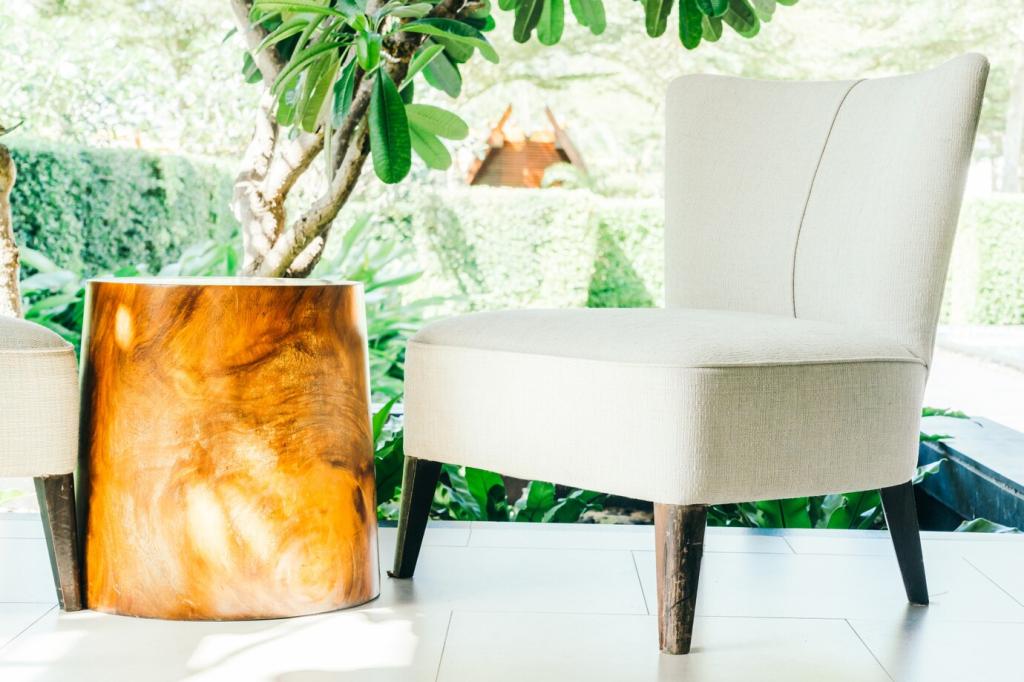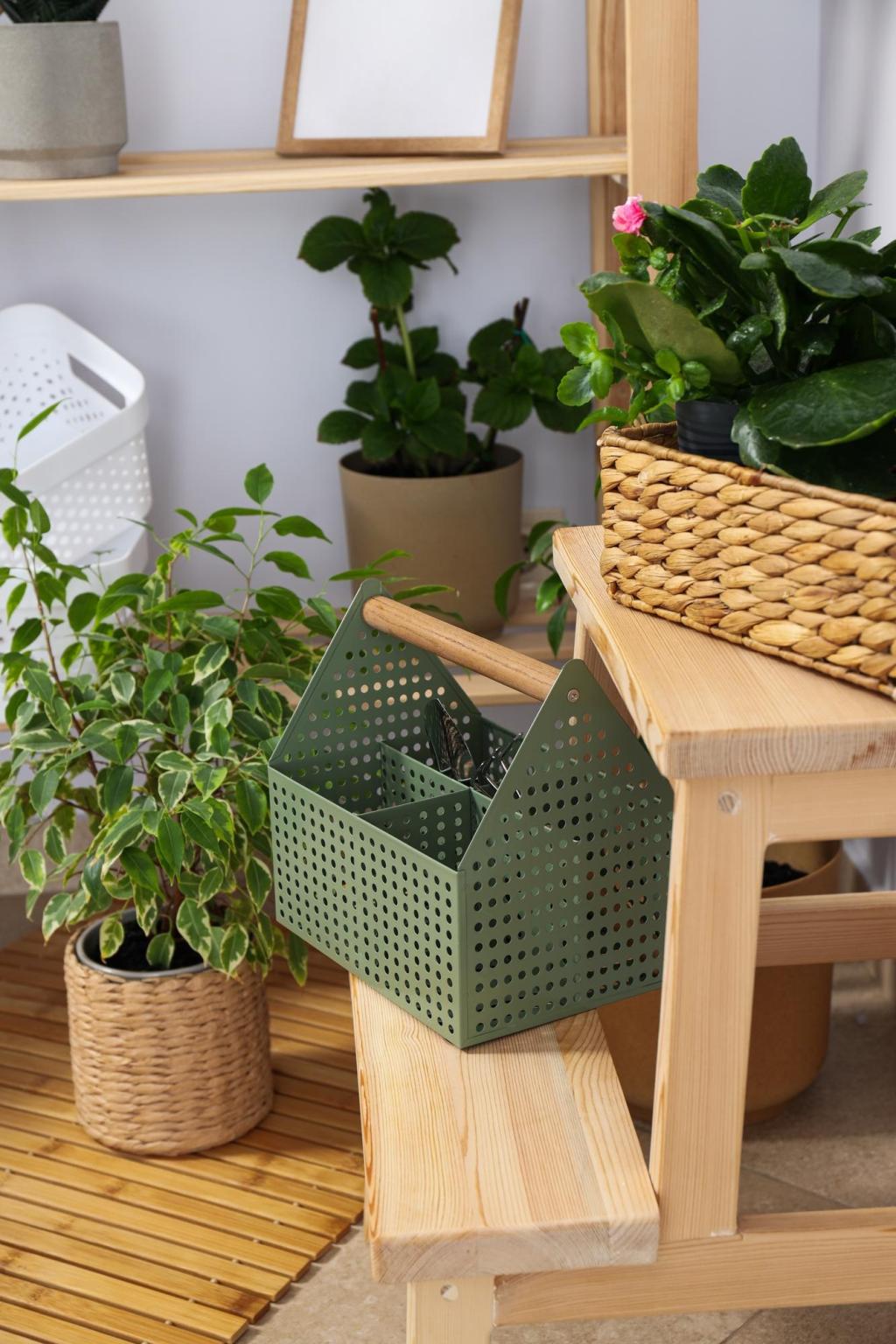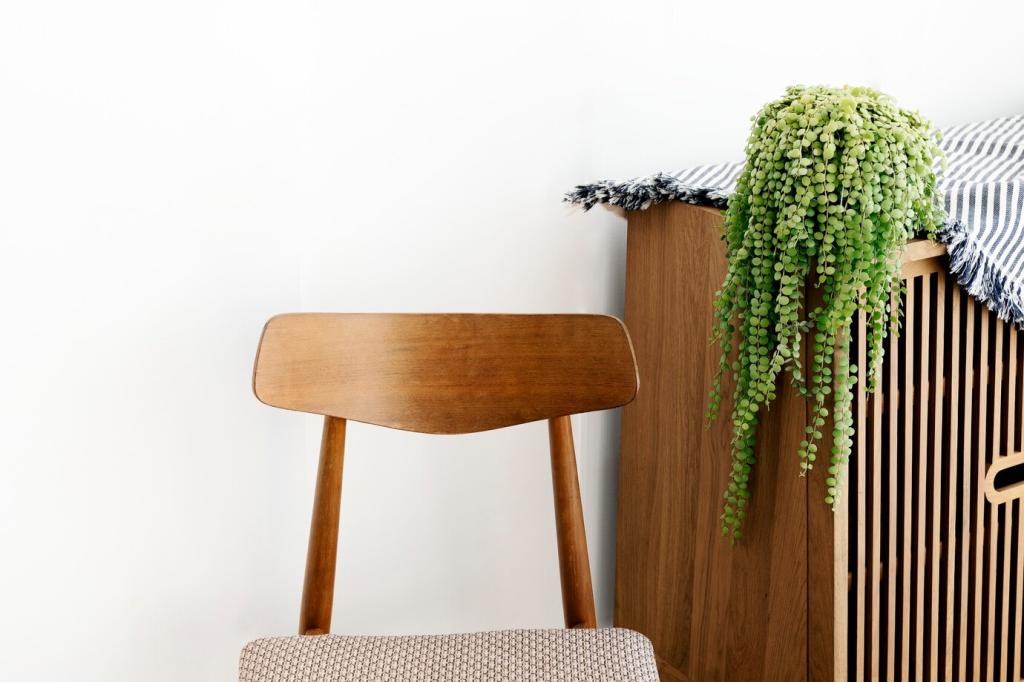Assessing a Piece Without Overworking It
Look for hand oils on armrests, foot scuffs along stretchers, and rings from teacups telling a family’s rituals. These marks guide you toward respectful cleaning rather than replacement. What clues did you find last time that changed your entire restoration approach?
Assessing a Piece Without Overworking It
Test for racking, wobble, and loose tenons before you touch the finish. If the frame is sound, keep interventions cosmetic and gentle. If it moves, prioritize minimal reinforcement. Tell us your go-to quick stability tests that help you avoid overbuilding repairs.




